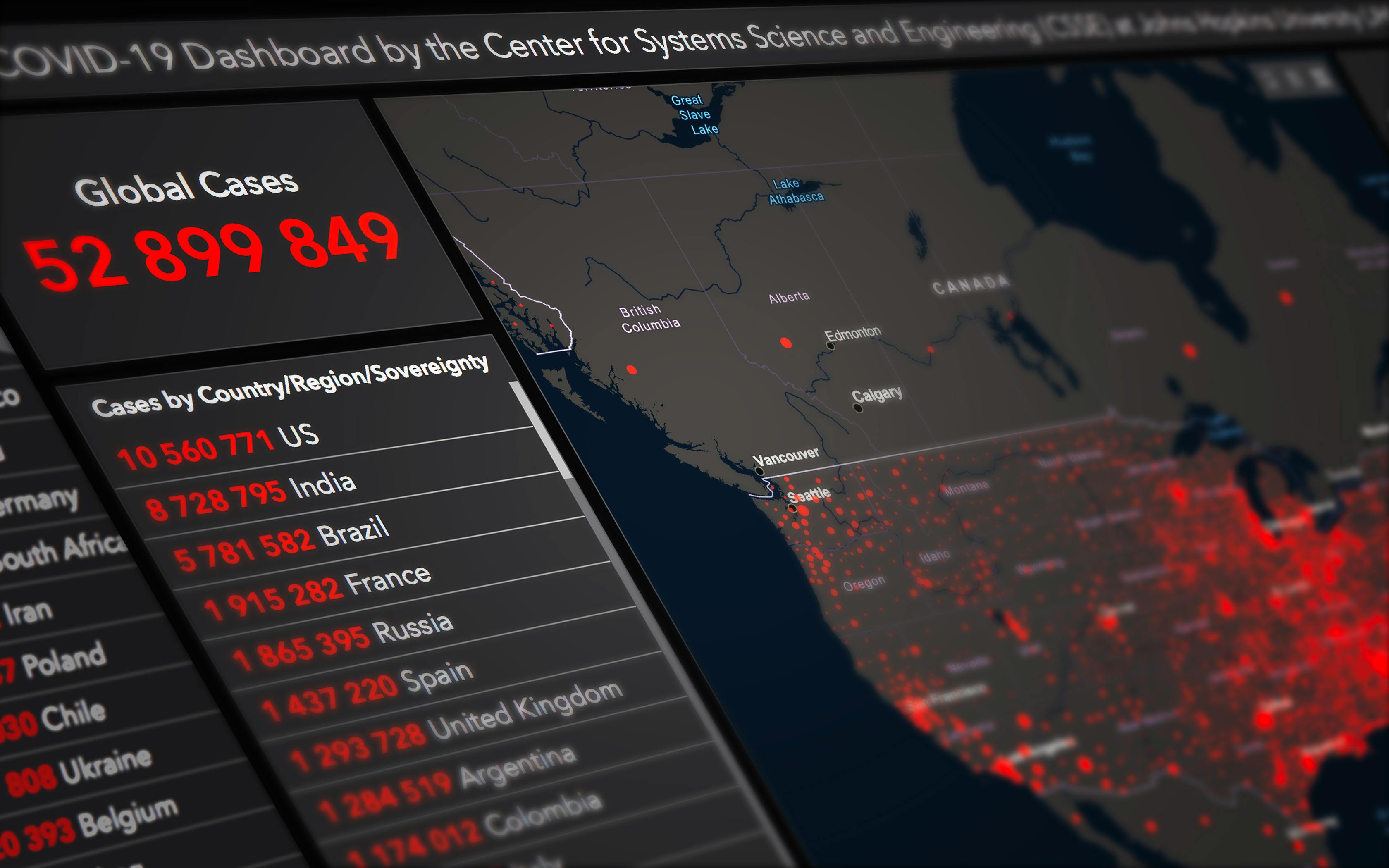
I am very lucky! I have several offline coaching clients, all with offline businesses, and in fact, most of them have more than one business!
Due to the nature of their businesses, they all have physical locations…
I find that I learn a LOT from them, which is wonderful.
Here’s a tip from client K: When you arranged for Internet access in your physical office, you deliberately signed up with a DIFFERENT Internet Service Provider than the one you have at home.
Your city was hit hard by storms last week and most of the internet service is down. At home, you can only get internet access for extremely limited periods of time, but at the office everything is fine, slower than normal but working properly. So, with a bit of rearranging, you can get your work done online.
takeaway lesson
Whenever possible, try to spread the risk… in this case, it’s having different ISPs for your Internet access or, if you work from home, knowing a public place where you can get Internet access.
In most cases, with an offline business, we are not actively working on the business all the time, but we do need to keep in touch, either via email, website comments, or both.
Adding social networks like Facebook and Twitter to the mix further complicates things.
Many times, without realizing it, we rely on multiple hardware options to run our online empires.
You may find that you are using a combination of technology to keep in touch, bouncing between your smartphone and your computer.
Obviously, the smartphone provides redundant backup for email and social media, so you’ve got that covered. But keep in mind that your website may need updates or other work and your smartphone may not provide an effective way to perform those tasks.
Plan your redundancy online
STEP 1
When you have time, take a few minutes and list all the online activities you’ve been involved in over the course of a week. Then think about everything else and see if there are any irregular tasks that may not show up on that list. These may include tasks or circumstances that occur rarely.
STEP 2
Now, take that to-do list and identify your MAIN method of access: personal computer or smartphone, for example.
STEP 3
Next, decide on a backup access method – this could be an office computer or Internet access at the library. In the case of using your smartphone, is there a way to access those resources through your computer? If not, is there another smartphone, like a family member or friend, that you can use in a pinch?
STEP 4
Finally, identify the information you would need to use those backup options…for example, if you might need to use someone else’s smartphone, how would you access THEIR email addresses?
STEP 5
Ask yourself if there is a practical way to provide secure information to yourself in a different geographic location, to add another layer of security.
In my case, my sister lives about 650 miles away. A weather disaster that affects me is unlikely to affect her as well, so it makes sense to store information with her and/or give her access to my online backups. Even if I can’t access the information, she can, under my supervision.
Let’s face it – life happens!
We can’t change how it affects us, but we can control how we react. Being prepared for the worst case scenario minimizes the effect a disaster can have on us and our online businesses.